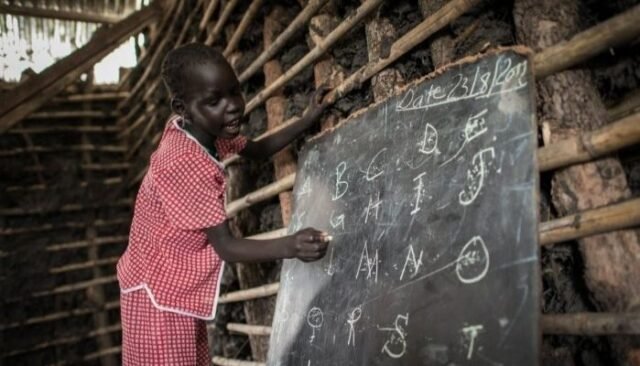Education is often described as the backbone of any nation, but in Nigeria, that backbone is cracking under heavy strain. Once a country admired for producing some of Africa’s brightest academics, Nigeria is now wrestling with a decline in the quality of its educational system. This decline is visible in overcrowded classrooms, outdated teaching methods, underfunded schools, and millions of children left behind.
Today, over 10 million Nigerian children are out of school, one of the highest figures in the world. For those who do attend, many sit on bare floors in overcrowded classrooms, sometimes without textbooks, clean water, or even teachers. In conflict-prone regions such as the northeast, insurgency has made the problem worse, with schools shut down or destroyed, leaving children vulnerable to exploitation instead of learning.
Girls and children with disabilities face even greater hurdles. Cultural practices, early marriage, poverty, and neglect have forced many young Nigerians—especially in rural areas—to abandon school prematurely. It paints a worrying picture of a nation with abundant human potential but limited opportunity to nurture it.
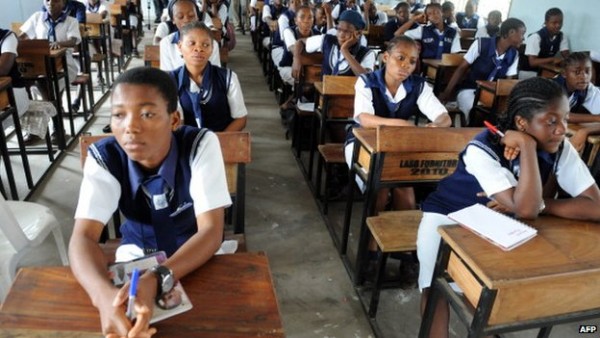
Table of Contents
Root Causes: Underfunding, Poor Governance, and Teacher Woes
At the core of Nigeria’s educational decline is chronic underfunding. While UNESCO recommends that countries dedicate 15–20 percent of their budgets to education, Nigeria averages barely 6–8 percent. Even with recent increases, the allocation falls far below what is required to build infrastructure, train teachers, and provide essential learning tools.
Poor governance makes the situation worse. Policies are often sound on paper, but implementation is weak due to corruption, bureaucracy, and lack of accountability. Funds earmarked for schools sometimes disappear into private pockets, leaving pupils stranded in crumbling facilities.
Teachers, the lifeblood of any education system, are struggling. Many are underpaid, unmotivated, or insufficiently trained. Rural schools, in particular, lack qualified instructors. Continuous professional development—a must in modern teaching—is rare. The result is a vicious cycle where learners are exposed to outdated knowledge delivered in uninspiring ways, producing graduates ill-equipped for today’s economy.
Parents are also feeling the pinch. With the rising cost of living, many can barely afford school fees, uniforms, or books. Public schools, though cheaper, often lack quality. Private schools, on the other hand, charge high fees beyond the reach of the average Nigerian family.
Glimmers of Hope: Initiatives Lighting the Path Forward
It is not all doom and gloom. Across the country, there are efforts—both government-led and private—that offer hope for Nigeria’s education future.
One shining example is Kaduna State’s ROOSC Project, which reintegrates out-of-school children into classrooms through new facilities, teacher training, and special programmes for girls and children with disabilities. Kaduna now dedicates over a quarter of its state budget to education—well above the national average.
On a national scale, the Nigerian Education Loan Fund (NELFUND) launched in 2024, provides loans for students in tertiary institutions. For many young Nigerians, this is a lifeline that makes higher education more accessible.
Technology is also playing a role. The 3MTT programme (3 Million Technical Talent), launched in 2023, aims to train Nigerians in digital skills such as AI, coding, and cybersecurity by 2027. With global demand for tech talent rising, this could help bridge the unemployment gap and make Nigeria a hub for digital innovation.
International partners are stepping in as well. In April 2025, the World Bank approved a $1.08 billion loan, with nearly half earmarked for improving education infrastructure and access. Social programmes like the Home Grown School Feeding Scheme are also encouraging children to stay in school by guaranteeing daily meals.
These interventions, though not perfect, show that with political will and innovative policies, the decline can be reversed.
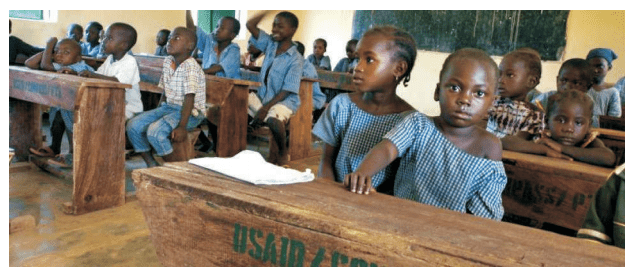
The Way Forward: Collective and Urgent Reforms
Reversing the dwindling standard of education in Nigeria requires bold, urgent action. The solutions are clear, but execution must be consistent and transparent.
1. Increase Funding: Nigeria must raise education spending to at least 15 percent of the national budget, in line with UNESCO’s recommendation. More funds should go into infrastructure, teacher salaries, libraries, laboratories, and digital learning tools.
2. Tackle Corruption and Mismanagement: Without transparency, increased funding will make little difference. Independent monitoring systems and strict accountability should ensure that money meant for classrooms does not end up in private pockets.
3. Invest in Teachers: Teachers must be properly trained, paid, and motivated. Professional development should be ongoing, and incentives provided for teachers in rural and hard-to-reach areas.
4. Update the Curriculum: Nigeria’s current education system is still too focused on rote memorisation. A modern curriculum should prioritise STEM, vocational skills, digital literacy, and problem-solving abilities relevant to today’s global economy.
5. Embrace Public-Private Partnerships: The government cannot do it alone. Private sector collaboration can bring in funding, innovation, and technology. From building classrooms to creating digital platforms, partnerships can speed up transformation.
6. Promote Inclusive Education: Girls, children with disabilities, and those in conflict zones should be given special support. Safe schools, mentorship schemes, scholarships, and advocacy can break down systemic barriers.
7. Secure the Schools: Without safety, learning cannot happen. Protecting schools, particularly in insecurity-prone areas, should be a top priority.
If these steps are embraced, Nigeria can reclaim its place as an African leader in education.
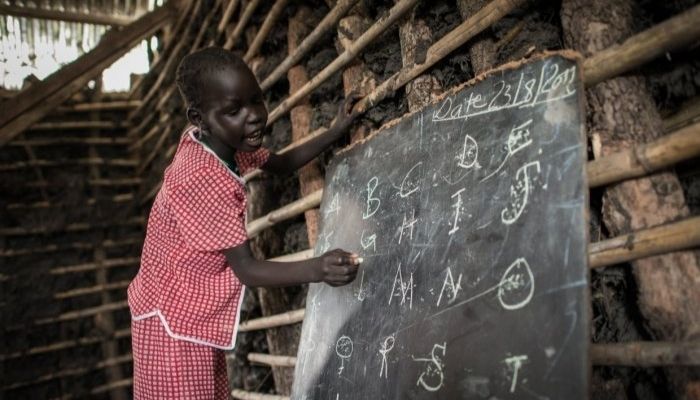
Conclusion
The dwindling standard of education in Nigeria is more than just a national concern—it is an existential threat to the country’s future. A nation that fails to educate its young people risks economic stagnation, rising inequality, and weakened global competitiveness.
Yet, within the challenges lie seeds of hope. With bold policies, improved funding, innovative programmes like NELFUND and 3MTT, and state-level models such as Kaduna’s, Nigeria can turn the tide.
Education should not be a privilege for a few but a fundamental right for all. The way forward is clear—Nigeria must rise to the challenge, invest in its children, and build a system that equips every young person to dream, innovate, and thrive.
Only then will the phrase “giant of Africa” be more than a slogan. It will be a reality lived out in classrooms across the nation.
Join Our Social Media Channels:
WhatsApp: NaijaEyes
Facebook: NaijaEyes
Twitter: NaijaEyes
Instagram: NaijaEyes
TikTok: NaijaEyes
READ THE LATEST EDUCATION NEWS














![Tiwa Savage Slams ‘Unfair’ Exclusion of Tems from Afrobeats Big 3 Ranking [VIDEO] Tiwa Savage](https://naijaeyesblog.com/wp-content/uploads/2025/09/Tiwa-Savage-tems-180x135.avif)




















